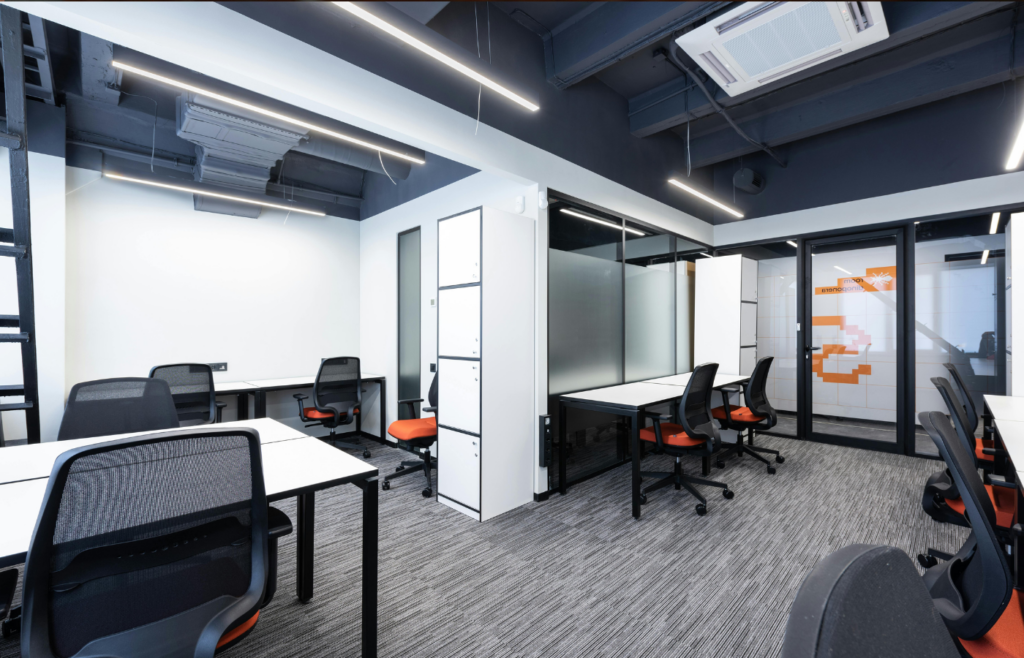The workplace is evolving faster than ever. From hybrid schedules to AI-driven productivity tools, companies are adapting to new ways of working that impact employees at every level. If you want to stay ahead, understanding these trends is key.
Here are ten workplace shifts that are reshaping the way we work. Some are long-term changes, while others are new ideas gaining traction. Either way, they’re transforming offices, careers, and business strategies.
1. Hybrid Work Becomes the Norm

Remote work isn’t going away, but most companies are finding a middle ground. Hybrid schedules—where employees split time between home and the office—are now a standard practice in many industries. This setup helps workers maintain flexibility while allowing for in-person collaboration when needed.
Companies that embrace hybrid work are seeing better retention and productivity. Employees appreciate the ability to customize their schedules, while businesses benefit from reduced office costs. Expect to see even more companies adopting flexible work policies as a permanent feature.
2. AI and Automation Reshape Jobs

Artificial intelligence isn’t just a buzzword—it’s actively changing the workplace. From automating repetitive tasks to enhancing customer service with chatbots, AI is streamlining operations in nearly every field. Workers who learn how to use AI tools effectively will have an edge in the job market.
However, automation is also replacing some roles, especially in data entry, logistics, and customer support. The good news? AI is creating new job opportunities, particularly in tech, data analysis, and AI training. Staying competitive means developing skills that work alongside automation rather than against it.
3. Four-Day Workweeks Gain Popularity

A shorter workweek is no longer just a dream. More companies are experimenting with four-day workweeks, and studies show they can boost productivity and job satisfaction. Employees get more time to recharge, leading to better focus and fewer burnout cases.
Businesses benefit too. By prioritizing efficiency over hours worked, companies find that employees accomplish the same amount—or more—while maintaining work-life balance. While not every industry can make the shift, those that do are seeing higher retention and happier teams.
4. Mental Health Support is a Workplace Priority

More than ever, companies recognize that mental health is just as important as physical health. Employers are investing in resources like therapy coverage, mindfulness programs, and stress management workshops. Some are even training managers to recognize signs of burnout and anxiety in their teams.
This shift isn’t just about employee well-being—it also impacts productivity and company culture. A workforce that feels supported is more engaged and less likely to seek new job opportunities. As mental health conversations become more open, expect to see stronger policies in place.
5. The Rise of Skills-Based Hiring

A college degree used to be the golden ticket to a great job. Now, more employers are valuing skills and experience over formal education. Companies are focusing on what candidates can do rather than where they studied.
Online certifications, boot camps, and on-the-job training programs are helping workers prove their abilities. As hiring managers place more emphasis on skills, career opportunities are opening up for those who take the initiative to learn and adapt.
6. Workplace Surveillance is Expanding

With remote work increasing, companies are monitoring productivity in new ways. Employee tracking software records keystrokes, logs time spent on tasks, and even takes periodic screenshots. While businesses argue this ensures accountability, many employees see it as invasive.
The debate over digital surveillance is growing. Some companies are ditching heavy monitoring in favor of trust-based management. Others are doubling down on tracking tools. Workers should be aware of company policies and find ways to demonstrate productivity without feeling micromanaged.
7. Pay Transparency is Gaining Momentum

Companies are under pressure to be more open about wages. Some states have passed laws requiring employers to disclose salary ranges in job postings. This move helps reduce pay gaps and gives job seekers a better idea of what to expect before applying.
For businesses, transparency builds trust and attracts talent. For employees, it means stronger negotiating power. As more organizations embrace this trend, secretive pay structures may soon become a thing of the past.
8. Employee Experience Matters More Than Ever

Companies used to focus mainly on customers. Now, they’re investing just as much in employee experience. From better office designs to career development programs, businesses are realizing that happy employees lead to better business results.
Perks like unlimited PTO, wellness stipends, and career coaching are becoming common. Companies that prioritize culture and employee satisfaction will stand out in the competitive job market.
Read More: The 10 Most Overhyped Investment Strategies (and What Works Instead)
9. Office Spaces Are Being Redesigned for Flexibility

The traditional cubicle setup is fading. Hybrid work has led companies to rethink office layouts, making them more adaptable. Many businesses now feature hot desks, quiet zones, and collaborative spaces instead of assigned seating.
Flexible office designs improve teamwork while allowing for individual focus. As companies downsize office footprints, expect workspaces to continue evolving to fit new needs.
Read More: The 10 Most Lucrative Side Hustles That Aren’t Just Another Scam
10. Career Ladders Are Being Replaced by Career Lattices

Gone are the days when career growth meant climbing a single ladder. Today, employees are moving sideways, diagonally, or even backward to gain new skills and experiences. This career lattice approach allows workers to pivot into new roles without waiting for promotions.
Companies are offering more opportunities for internal mobility, mentorship, and cross-functional training. Employees who embrace continuous learning and career shifts will have the most success navigating this evolving job market.
Read More: 10 Money Moves You’ll Probably Regret in 10 Years






